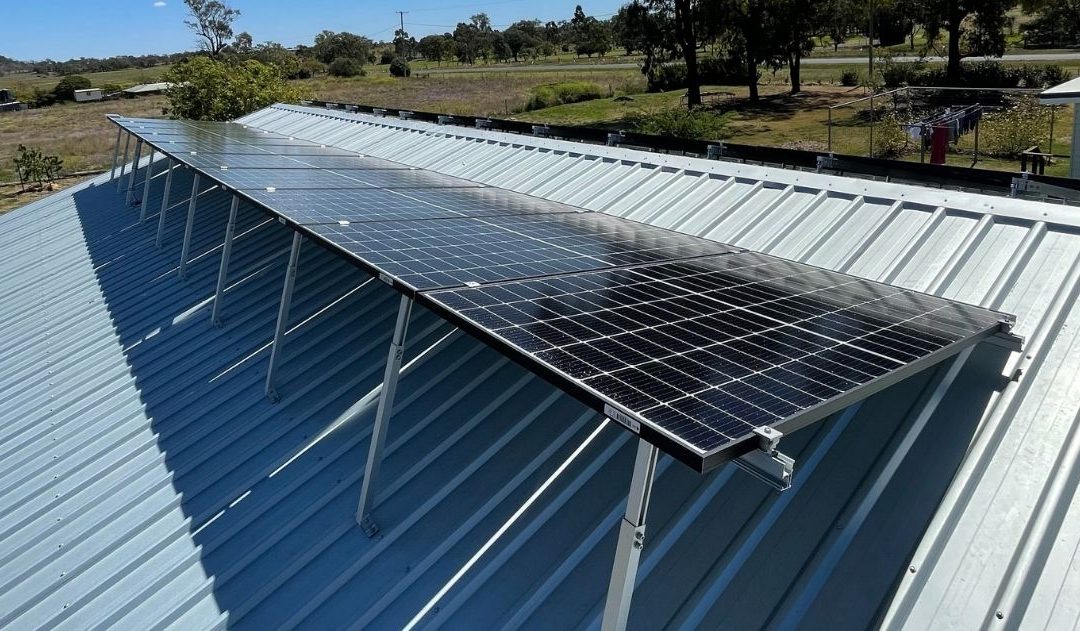Is North the Best Direction for Solar Panels?

If you’ve spent much time on solar forums or Facebook groups, you may have heard the mantra that north is best for solar panels and no other direction will do. Meanwhile, other people will say this isn’t an issue; any orientation can work.
All these recommendations can get a little confusing. You may be questioning whether your house just isn’t built for solar, or whether any solar you install just won’t perform as well as it should.
The problem with all these recommendations? They are a generalisation that don’t take into account any location, lifestyle, consumption or cost factors.
Why are north facing panels recommended?
In the southern hemisphere, north facing panels receive the largest amount of sun.
On average, east or west facing panels gather between 5-12% less depending on the roof pitch when compared to northern facing panels.
Sure, it sounds like north is the best direction, when put like that. And if your only goal is the highest kilowatt hour output, north may be the answer.
If you’re a homeowner who wants to maximise their self consumption, though, north may not be the best direction.
What are your solar goals?
When it comes down to it, how you will be using the power from your panels is actually one of the most important factors when deciding which direction and angle the panels should face.
Earning – early in solar’s entry into Australia, high Feed in Tariffs (FiTs) were available, meaning early adopters were paid as high as 44c per kw. Today, FiTs are as low as 8-10c in some areas, meaning that solar for money isn’t as high a priority for the average homeowner. This means that the peak hours of sunlight that North offers don’t give the same cost incentives as it did when solar was new to the market.
Self consumption – by consuming your own solar energy, you’re getting electricity for free, instead of paying 25-30 cents per kilowatt hour. In most cases, this is the biggest impact residential solar can have on your bottom line, and you can save hundreds or thousands each year. To maximise your self consumption, east west panels will give you the most continuous power throughout the whole day.
Battery storage – If you have battery storage, your goal is probably to gather and store energy to use whenever you need it, including at night. If so, north may be the best option, as it will provide the largest amount of energy in total. Right now, most batteries have a very low return on investment (ROI), meaning they may take many years to pay for themselves. If you have batteries, you’re probably looking to increase that ROI, and north will offer that opportunity. However, that doesn’t mean east west panels won’t still do a great job of producing energy for both self consumption, and filling your battery.
When are east west panels better?
Although north facing panels may be the best option for total solar output, they won’t provide the same ongoing consistency throughout the day. If, for example, you lose 15% of total generation over the year, but you reduce your self consumption more, you may actually be much better off.
While east west panels provide fairly continuous energy throughout the day, north facing panels provide a strong energy peak in the middle of the day, but lower output during the morning and afternoon.
West is also a good choice, as most people use the most power in the afternoon to evening periods, especially during summer.
So which way should panels face, and why?
The easiest way to remember which way will work best is simple:
North for highest production, East and West for consistency
At Proven Energy, we can help you find the right orientation and angle for your panels, giving you a custom solution based on your electricity usage, storage, peak times and roof orientation. Get in touch today to find out how you can get the most out of your roof, no matter which way it faces.
